Materials communicate signs of our cultural evolution and the close relation that we weave with reality. The choice of material in the artistic practice is often a way to socially engage. Shifting a material’s common use shifts its significance, which can contain multiple layers of meaning.
Theaster
Gates
“It's not really about the material. It's about our capacity to shape things.”
Theaster Gates has chosen the humble material of clay to craft vessels and bricks that embody references to black history.
ADRIANA
VAREJAO
“I wanted to combine the rational grid of the tiles with the erotic nature of meat, all simulated within the artificial and voluptuous language of the Baroque. The tiles are not tiles and the meat is not meat.”
Adriana Varejão covers architectural ruins with azulejos tiles to depict the dark times of Brazil’s colonial history.
DO HO
SUH
“My fabric architectures are more about reflecting on what we carry with us, how we move through the world and relate to all other objects.”
In a poetic gesture, Do Ho Shu creates architectural installations out of effervescent fabric that transcend the idea of home and speak to the immigrant experience.
SARAH
SZE
“I started thinking about how we place value on objects: how does an object reflect behavior, and how do we breathe life into objects.”
Sarah Sze assembles ecosystems of everyday objects that question the intersection between the material and digital worlds.
Why Materials Matter
Why Materials Matter
Why Materials Matter
With her book Why Materials Matter, Seetal Solanki stands with her practice on the potential of renewable materials to shape the future of design.
“What does it mean to live in a material world, and how do materials of the past and present hold the keys to our future?”
Pick a familiar material and consider how it can be used in unfamiliar ways.
B
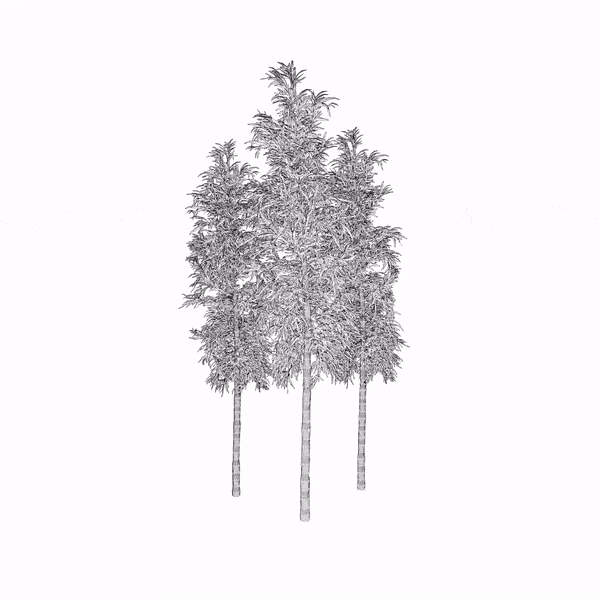
Bamboo
Bamboo, one of the most common materials/plants in Taiwan. Apart from bamboo sprout being one of my favorite foods, it is also the material of making furniture, building houses, fabrics, accessories, toothbrushes, utensils, etc.
D
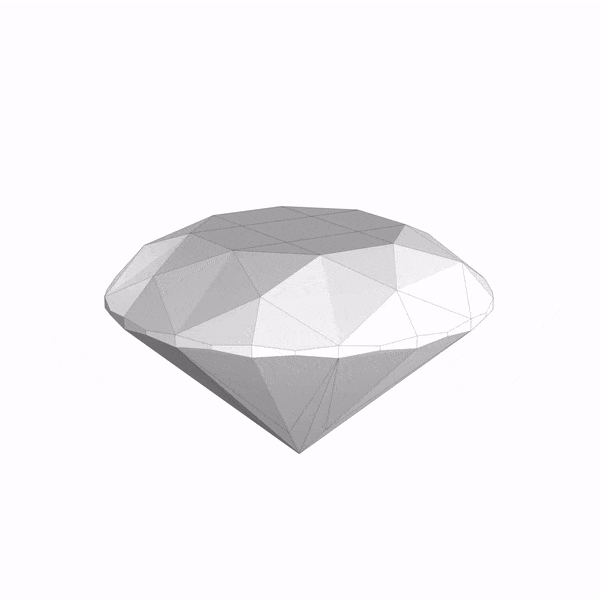
Diamonds
Diamonds. They’re (mostly) ornate symbols of joining two people. When we utilize them for their strength, often as blade edges, they’re meant to cut or tear apart. In my alternative fantasy world we would use diamonds to build bridges. They will be incredibly strong and unbelievably gorgeous.
M
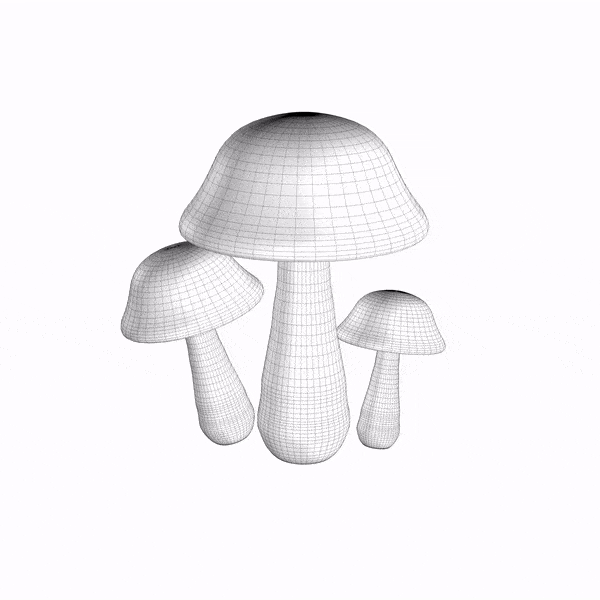
Mushrooms
Mushrooms. A mysterious taboo, even somewhat disgusting matter to some, yet a magical, all-encompassing be all end all to others. What if we created playgrounds of imagination? Utilizing the mycelium part of mushroom cultivation, what if we were to build an amusement park of curiosity to demystify fungus from a young age?
P
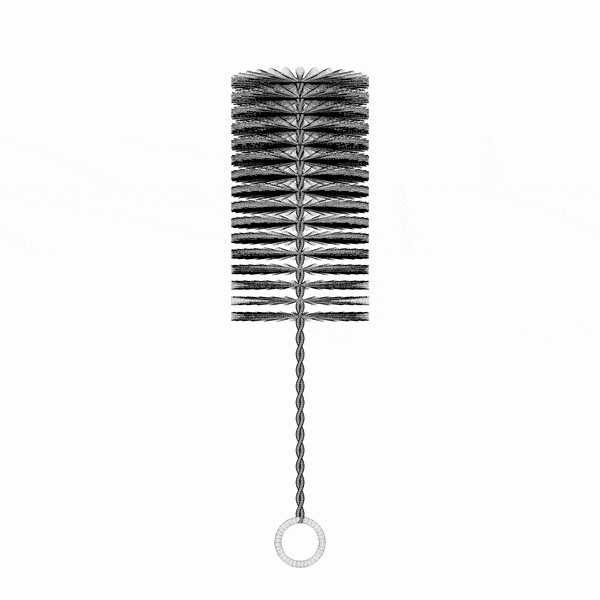
Pipe Cleaners
Pipe cleaners are a fairly multipurpose tool to begin with, used for plumbing as well as children’s crafts. Cats also love to play with pipe cleaner-esque toys, often skinning them and leaving the refuse on my carpet. I wonder if pipe cleaners could divide into two different materials: imagine a fabric woven out of pipe cleaners, fuzziness and flexibility belying a strong wire structure that can hold its shape. Or we could take a page from my cat and skin the pipe cleaners and use the fuzz for flocking.
B
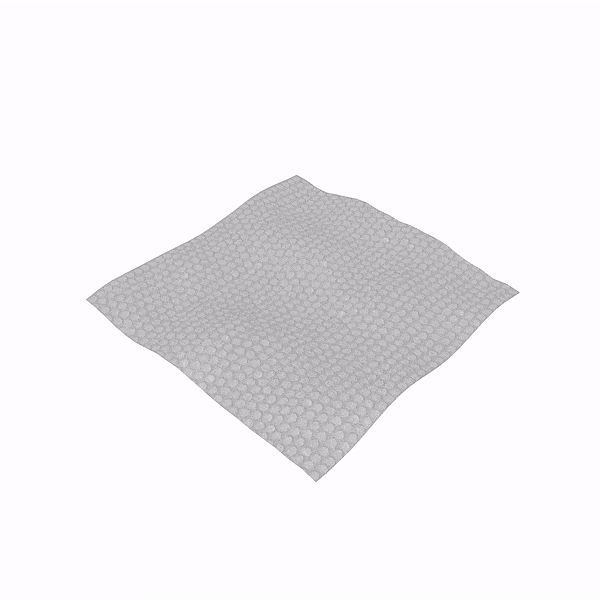
Bubble Wrap
While efforts were underway to invent a textured wallpaper, two creative minds serendipitously clashed and the result? Bubble wrap. Reportedly it has over 400 uses beyond just packing material, including greenhouse insulation, protection against hypothermia, calendars and wedding dresses, and has even been featured in the Museum of Modern Art. I would elevate its stress-relieving properties and give it out for free in offices and workplaces, line rooms with it to keep the calm and promote popping en-masse!
F
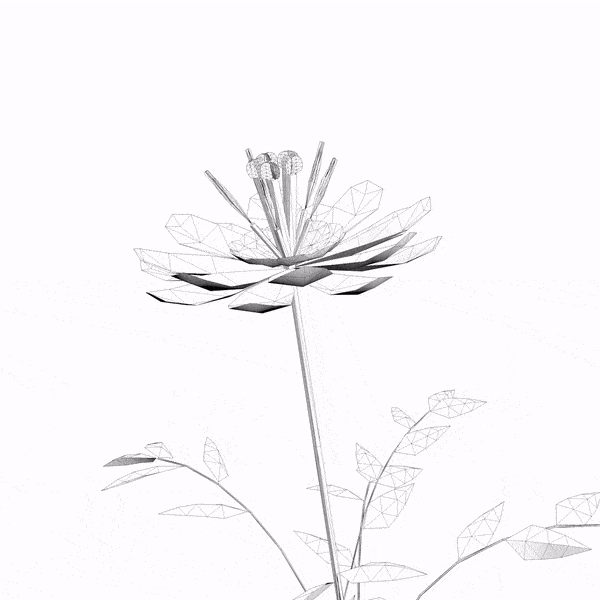
Flower Petals
What if we could take flower petals and use them as textiles? When you rub your finger against an individual petal they are so soft, almost silky. They can be impossibly vibrant in color, they can shimmer, they can be striped, they can carry many colors in one small piece. They can be different shapes. They can carry the fragrance of the whole flower. What if you could wear a dress made of petals? Not bunches of flowers, but individual petals sewn together? Or rather than lying on a bed of petals, you made a bedsheet out of petals? It would be so beautiful!
P
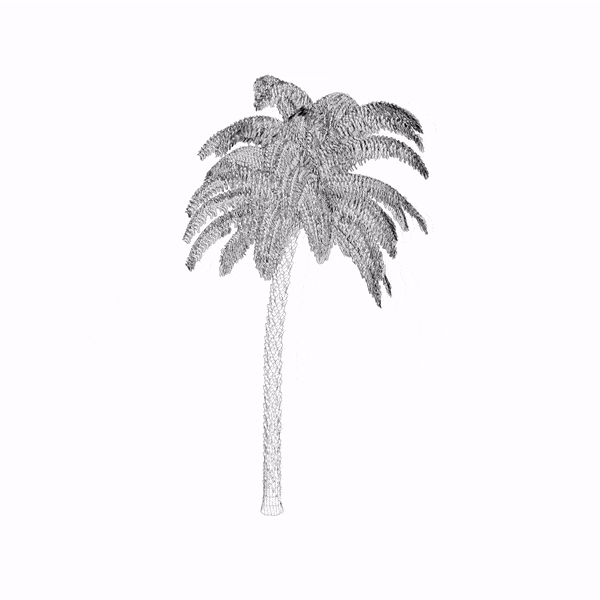
Palm Trees
Palm trees, banana trees and other tropical plants always surprise me with their strength. Their leaves are sturdy, fragrant and grounds for endless possibilities. They are cooking vessels, the roof over people’s heads, a million other things–but what if we could give them a break? What if we could transform them into something more relaxed? The soft filling of a pillow, a blanket to cuddle with, your favorite sweater. Sometimes the toughest things are the ones that can be the most comforting.
S
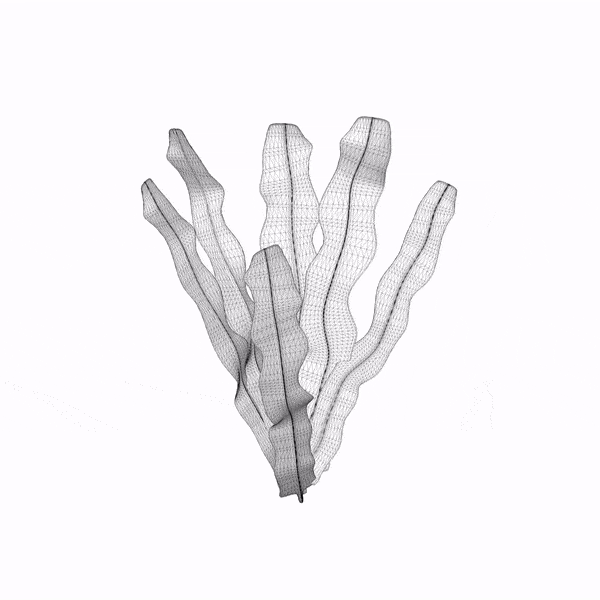
Seaweed
Growing up on the coast of Maine, I’ve always been surrounded by an abundance of seaweed and kelp. The excess would find its way onto my dinner plate or as a part of my skincare routine, but I’m curious if this gooey, slimy plant could be the eco-friendly replacement for plastic. What if our Ikea furniture was made from kelp and our Nike trainers were the first step towards a greener future? What if the plastic bottles you threw in the ocean were just returning home? Could everything from birthday balloons to grocery bags be produced from this untapped renewable resource?
